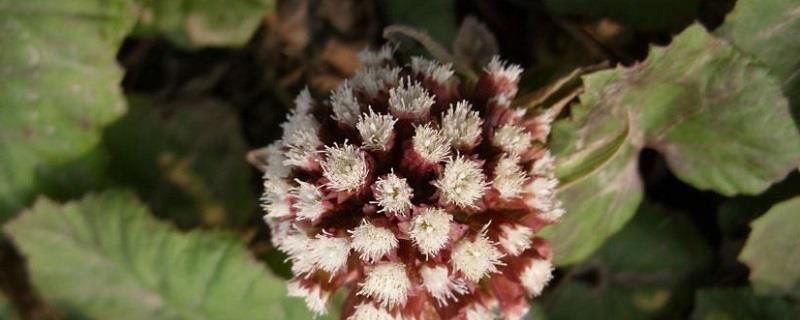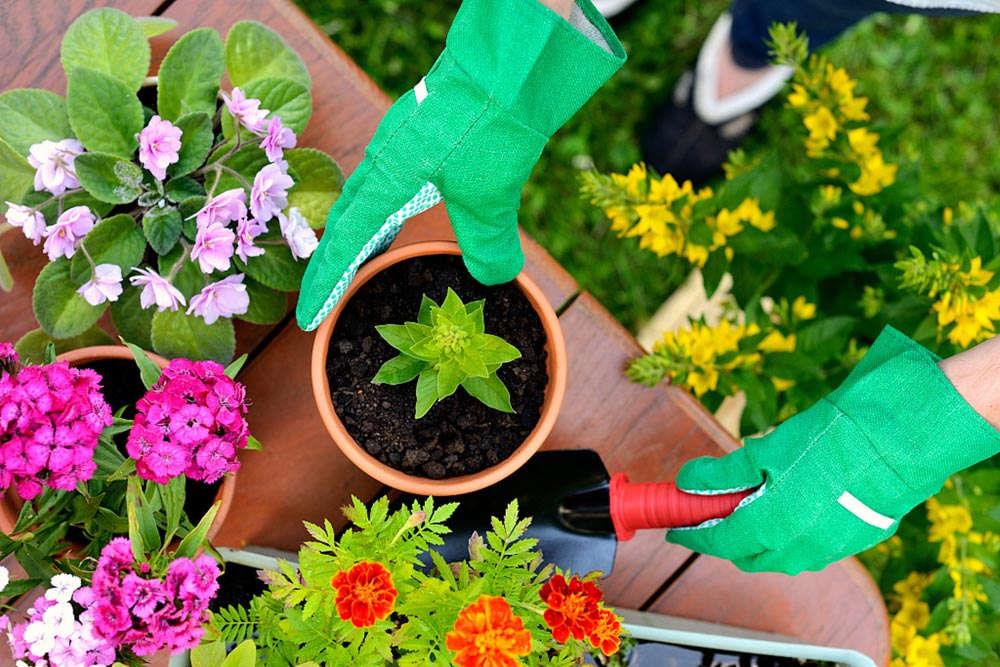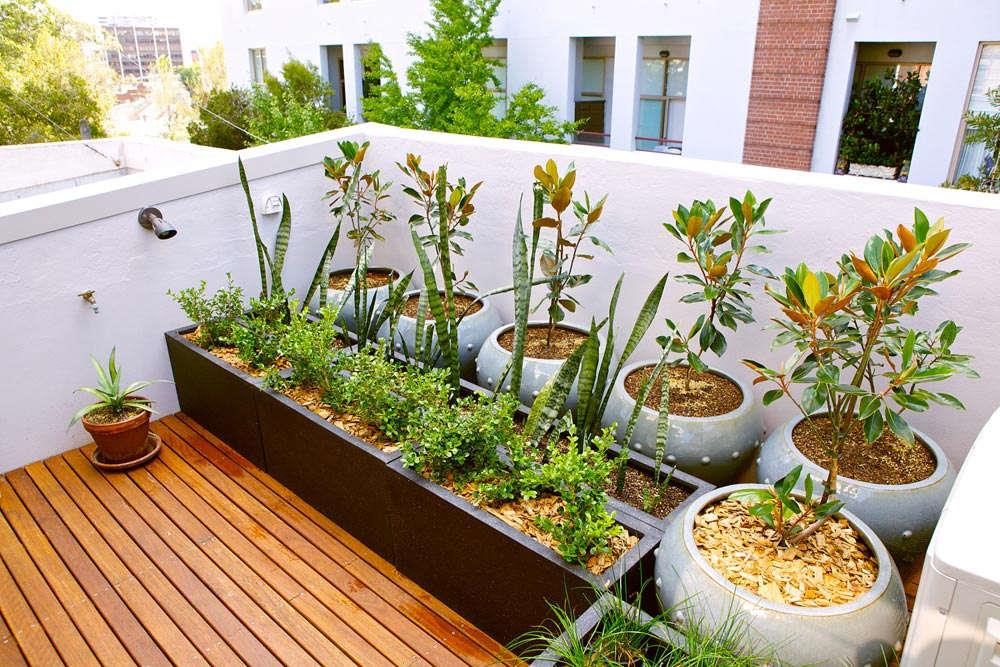How to grow butterbur
Last Update :2024.05.11
Article Catalog
3. Problem diagnosis and treatment
It is a perennial herbaceous plant that is widely distributed in my country and is planted in North China, Northwest China, South China and other regions. Its rhizomes grow horizontally and are brown in color. Its flowers are solitary and 2.5 to 3 cm in diameter. The leaves are broadly heart-shaped in shape, ranging from three to twelve centimeters in length and four to fourteen centimeters in width.

1. Maintenance methods
1. Maintenance methods
1. Temperature: Butterbur will grow more vigorously in a warm place. Generally speaking, a temperature between 20 and 28 degrees is more suitable. In summer, too hot environment will have a certain impact on yield. Try to make appropriate adjustments when the temperature is higher than 35 degrees.
2. Light: Butterbur is relatively sensitive to the intensity of sunlight. If it encounters too strong light, its growth rate is easily hindered, and its leaves are easily burned. Therefore, it is most suitable to keep it in a semi-shady environment without direct light. However, there is basically no need to cover it in winter.

3. Watering: Butterbur grows quickly. time, correspondingly more water is needed. However, just keep it moist and don't let water accumulate. Furthermore, the air humidity must also be ensured, that is, spray some moisture from time to time.
4. Fertilization: For butterbur, base fertilizer is very important. Use a sufficient amount of base fertilizer, and only a small amount of top dressing is required. Once a month or once a month and a half is sufficient.

2. Breeding skills
1 . Propagation: The most important method is rhizomes, because it takes a long time to harvest if you use seed propagation. Rhizome propagation can be done in late autumn or early winter. Select a strong plant, then select the thick rhizome, cut it off and plant it.
2. Pruning: During the growing season, sometimes you will find that its leaves are yellow or dry, and they can be cut off in time. Likewise, when diseases or insect infestations occur, these parts must be cut off. In addition, those dry leaves can also be cut off in time.

3. Problem diagnosis and treatment
1 . Diseases: relatively speaking, there are not too many types of diseases of butterbur, and diseases are not common in ordinary times. Occasionally, there is a disease that causes serious defoliation, called "rust". The symptoms are not only defoliation, but also overall poor growth. Moreover, it may also infect surrounding plants, so it is necessary to use drugs such as fentanin in time.
2. Pests: There are not too many pests. You can usually strengthen prevention and ventilation to improve resistance.

4. Other questions
1 , Toxicity: It is non-toxic and is a medicinal material with good effects.
2. Whether it can be grown at home: It is mainly cultivated as a medicinal material, not an ornamental plant, and is generally not kept at home.
2. Breeding skills
3. Problem diagnosis and treatment
4. Other issues
- END -
Cultivation methods and precautions for strawberries

Soil: General soil for strawberries can be used. You can add some crushed peanuts ...
French perfume jasmine cultivation methods and precautions

If you want to better cultivate French perfume jasmine, you need to water it prope...